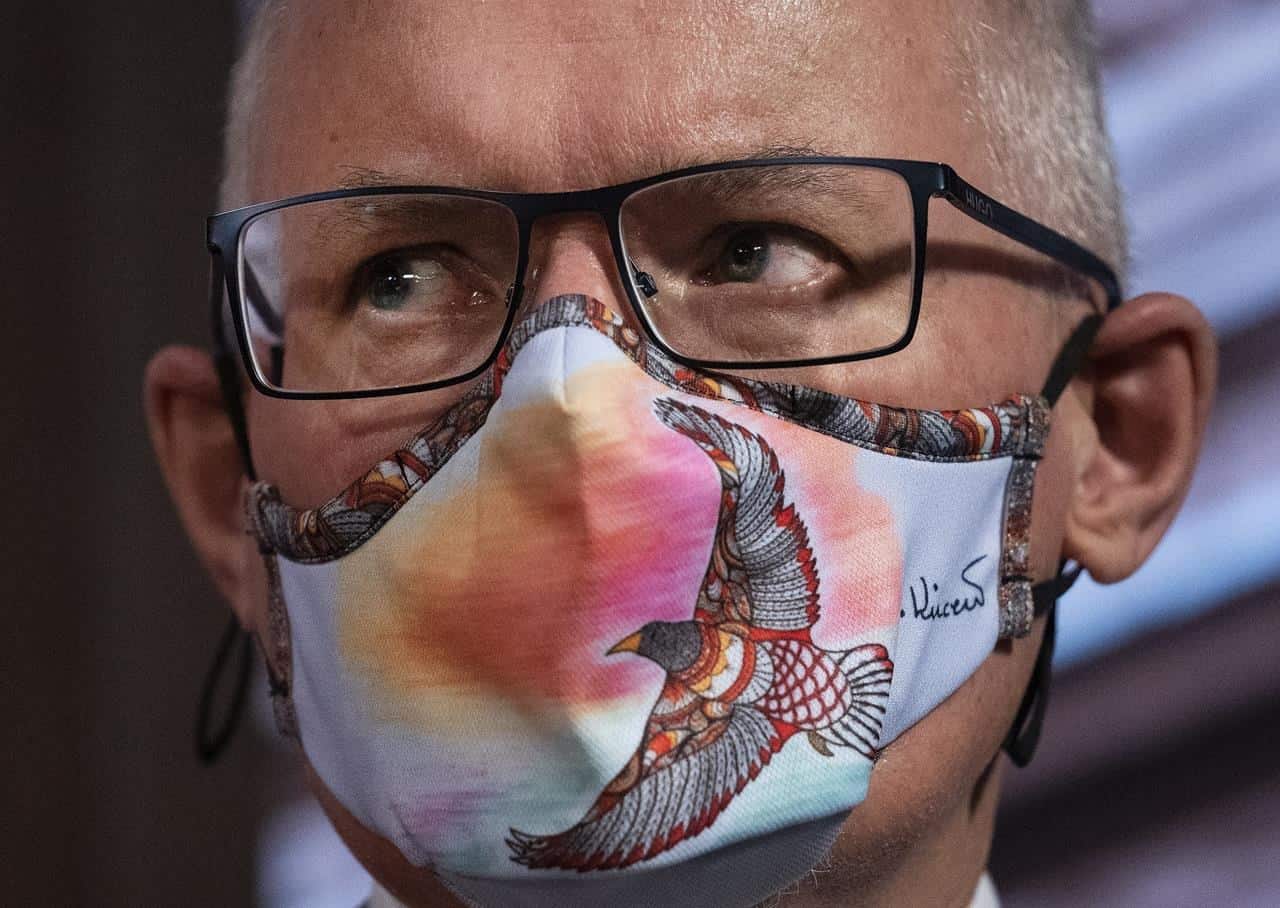Most mask mandates in Ontario, Mississauga, Brampton and Hamilton will end in 2 weeks — reports
Published March 8, 2022 at 9:26 pm

Mask mandates in indoor settings such as schools, shops and restaruants will apparently end right after March Break in Ontario cities such as Mississauga, Brampton and Hamilton.
Multiple reports from Toronto-area media outlets tonight (March 8) indicated that Ontario Chief Medical Officer of Health Dr. Kieran Moore will make just such an announcement at 11 a.m. on Wednesday (March 9) at Queen’s Park in Toronto. The reports, which cited unnamed sources, said most mask mandates will end on March 21, which is the Monday after the March Break.
Ontario had 246 people in intensive care with COVID-19 on Tuesday, and possibly as many 12,000 cases. More than two-thirds of children aged 5 to 11 are not yet fully vaccinated.
Premier Doug Ford is scheduled to appear at a 10 a.m. campaign-style stop in Brantford, Ont., prior to Moore’s media conference. The reports did not make mention of renewed access to polymerase chain reaction (PCR) tests. The PCR test is the most reliable way to confirm that a person is positive for COVID-19 and should isolate in order to avoid spreading the virus that has contributed to the deaths of over 37,000 Canadians during the two-year-plus global pandemic. The Ontario PC Party government under Ford and Health Minister Christine Elliott have tightened access to PCR tests since the start of 2022.
The change would mean schoolchildren, including the some 70 per cent of five- to 11-year-olds who are not had a second dose of vaccine against COVID-19, could come to school unmasked. Ontario’s first-dose coverage in that age group is also the second-lowest in Canada (ahead of only Alberta), and the effects of ‘long COVID’ on children aged five to 17 is not yet established.
Local medical officers of health and public health units have the latitude to set COVID-19 protections in a city. Elliott emphasized that point during an appearance in Belleville on Monday.
‘Very on-brand’
The annoucement came just after Ronald Cohn, the president and chief executive officer (CEO) of the Hospital for Sick Children (SickKids) in Toronto, told the Globe and Mail newspaper that mask mandates need to remain in schools.
Following the news about the pending announcement, Dr. Nili Kaplan-Myrth, an Ottawa family medicine phsyician, also said that masking needs to continue in schools. She questioned whether the rumoured policy shift involved pandering to anti-maskers.
“Kids can and should continue to mask, as should educators,” Dr. Kaplan-Myrth said. “Shame on politicians who pander to anti-maskers. This is about the health and safety of everyone in Ontario.”
If masks are taken off in schools on March 21st, whose kids will stay home? 🙋🏽♀️Kids can and should continue to mask, as should educators. Shame on politicians who pander to anti-maskers. This is about the health and safety of everyone in #Ontario.#COVIDisAirborne #CovidIsNotOver
— Nili Kaplan-Myrth MD PhD (@nilikm) March 9, 2022
Toronto critical care physician Dr. Michael Warner, who has become a prominent advocate for COVID-19 protections, also said he would continue to have his children wear masks to school.
“COVID-19 is an airborne disease,” Dr. Warner wrote. “My elementary aged kids will continue to mask at school to help protect unvaccinated school mates and the vulnerable family members they may be going home to.”
#COVID is an airborne disease.
~70% of Ontario kids 5-11 are not fully vaccinated
100% of kids < 5 are unvaccinatedMy elementary aged kids will continue to mask at school to help protect unvaccinated school mates and the vulnerable family members they may be going home to.
— Michael Warner (@drmwarner) March 9, 2022
The head of an Ontario elementary educators’ union expressed concern and skepticism about removing mandates in schools immediately after many families will be travelling during the March Break.
“Ontario lifting school mask mandates immediately following March break travel is very on-brand,” wrote Chris Cowley, head of the Ontario English-Catholic Teachers Association.
Ontario lifting school mask mandates immediately following March break travel is very on-brand. https://t.co/u0BS4m6c2f
— Chris Cowley (@oectagovernor) March 9, 2022
Timeline
Ontario has been gradually easing protections since the start of the new year, while also limiting PCR test access.
Following the December holiday break, when many families would have travelled or gathered like they do at March Break,
Ontario kept schools closed to in-person learning until Jan. 19. When schools reopened, case reporting was eliminated and was replaced with schools reporting at-large absence rates to the province.
Ontario lifted the requirement for non-essential businesses such as restaurants and shops to check vaccination status on Feb. 28.
Three days before Ford’s announcement that those COVID-19 protections would be lifted, there was a short video recording circulating on social media that was posted by Tyler Russell of Canada First. The Canadian Anti-Hate Network has described Canada First as a “white supremacist” group. In the video, Ford is heard on speakerphone telling Russell that “We’re pulling these passports. We’re going to get back to normal. I can’t give you the exact date but it’s going to be very soon.”
Days after that, Dr. Moore indicated that many mask mandates could be lifted by the end of March, adding that, “The removal of masks, I’m sure, will make some feel ill at ease, but also will allow others the freedom to not wear — who may have already had COVID and/or have had their second doses, third doses, and feel confident that they will not require hospitalization if they get ill.” In that same appearance, he acknowledged that the absence of widespread PCR testing means that reported COVID-19 case numbers are likely being underreported by a factor of 10.
That means, for instance, that the 1,208 cases reported today (March 7) is actually more in the range of 12,000. However, severity factors such as intensive-care-unit (ICU) admission and predictive indicators such as wastewater surveillance data have suggested the risks are at a level that the Ontario government considers manageable.
Hospitalizations associated with COVID-19 have gone up, though. Ontario has 779 hospital patients who have COVID-19, which is an increase of 86 from Monday. Fewer than half of those patients were admitted to hospital for COVID.
Just fewer than half of the hospital patients with COVID-19, 47.24 per cent to be exact, are either are either unvaccinated, partially vaccinated (with one dose), or unconfirmed as fully vaxxed.
Ontario had 246 patients in intensive care on Tuesday, more than 80 per cent if whom were admitted to hospital with COVID. That is about about 7.7 per cent fewer than the count from five days ago. It is believed that 72.36 per cent of the ICU patients are either unvaccinated, partially vaccinated (with one dose), or unconfirmed as fully vaxxed.
INsauga's Editorial Standards and Policies